Smart Solutions for South Africa’s Most Precious Resource
Water scarcity isn’t just a buzzword in South Africa, it’s a daily reality. From the Cape Town water crisis to ongoing restrictions in cities like Nelson Mandela Bay, the need to rethink how we use water in our homes and buildings is more urgent than ever.
If you’re planning a construction project or even renovating, you’ve probably heard about green building solutions. These aren’t just for saving electricity; water conservation is a huge part of building sustainably, especially in our unique South African climate.
In this blog, we’ll break down practical, innovative, and local-friendly water conservation strategies that work. Whether you’re a homeowner, property developer, architect, or business owner, these tips will help you align with global best practices and local needs.
Why Water Conservation in South Africa Is Non-Negotiable
Let’s start by facing the facts.
-
South Africa is a water-scarce country with an average rainfall of only 450 mm per year (global average is 860 mm).
-
Climate change is worsening drought cycles, especially in the Western Cape, Free State, and Eastern Cape.
-
Water tariffs continue to rise, making water efficiency a financial necessity.
-
The Department of Human Settlements mandates water-sensitive urban design (WSUD) for new developments.
Green buildings that conserve water aren’t just environmentally friendly, they’re economically and socially responsible.
💧 Top Water Conservation Strategies for Green Buildings
Here’s a comprehensive breakdown of water-saving techniques tailored for the South African built environment.
1. Install Low-Flow Fixtures and Fittings
What it is:
Taps, showerheads, and toilets are designed to use less water without compromising performance.
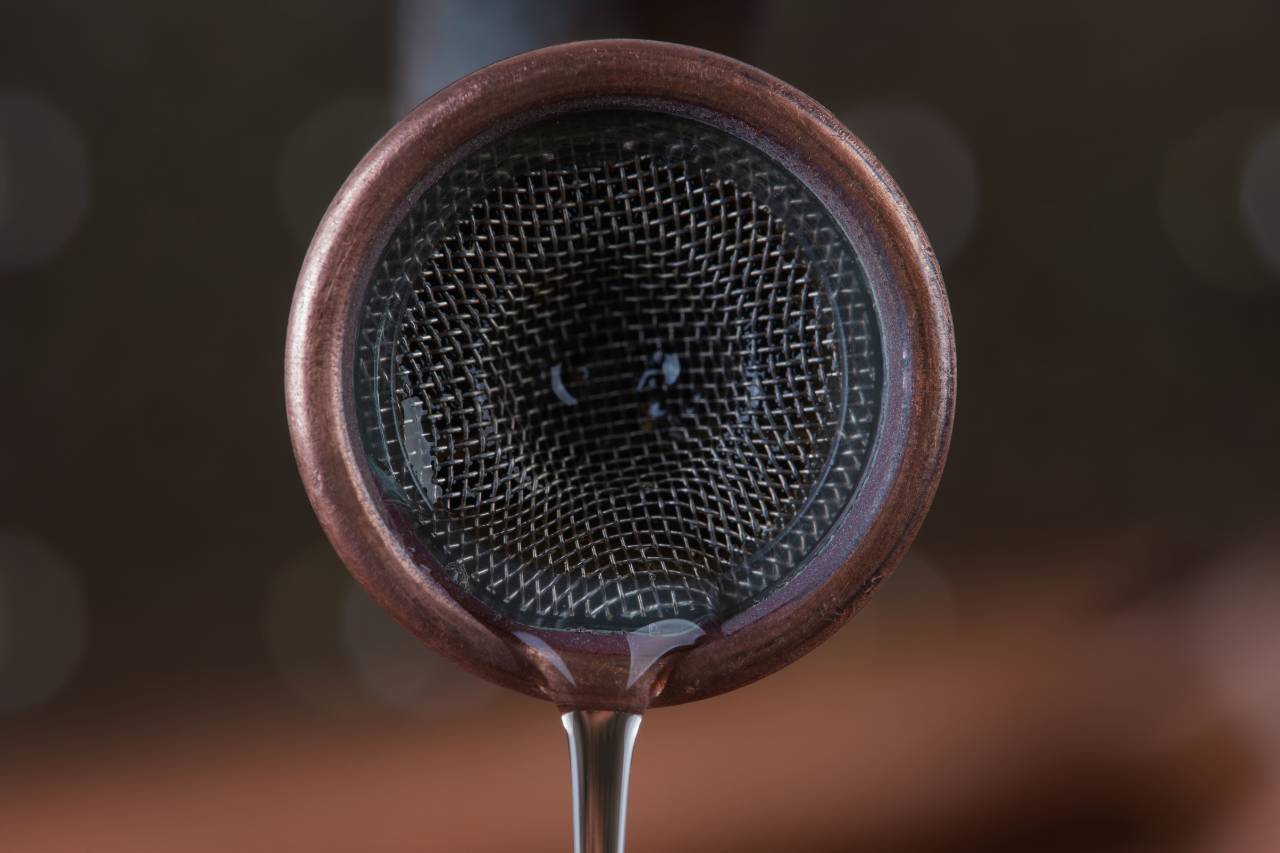
Stats that matter:
-
Standard taps use 15–18 litres/min.
-
Low-flow taps use as little as 5 litres/min.
-
Dual-flush toilets can save up to 80 litres/day
Best brands available in SA:
-
Hansgrohe EcoSmart
-
Cobra Greenstar
-
Grohe EcoJoy
Pro tip:
Opt for aerated taps in kitchens and motion-sensor taps in commercial spaces to maximise savings.
2. Rainwater Harvesting Systems
Why it’s vital:
Why let precious rainwater go to waste when you can store it for gardening, toilet flushing, and cleaning?
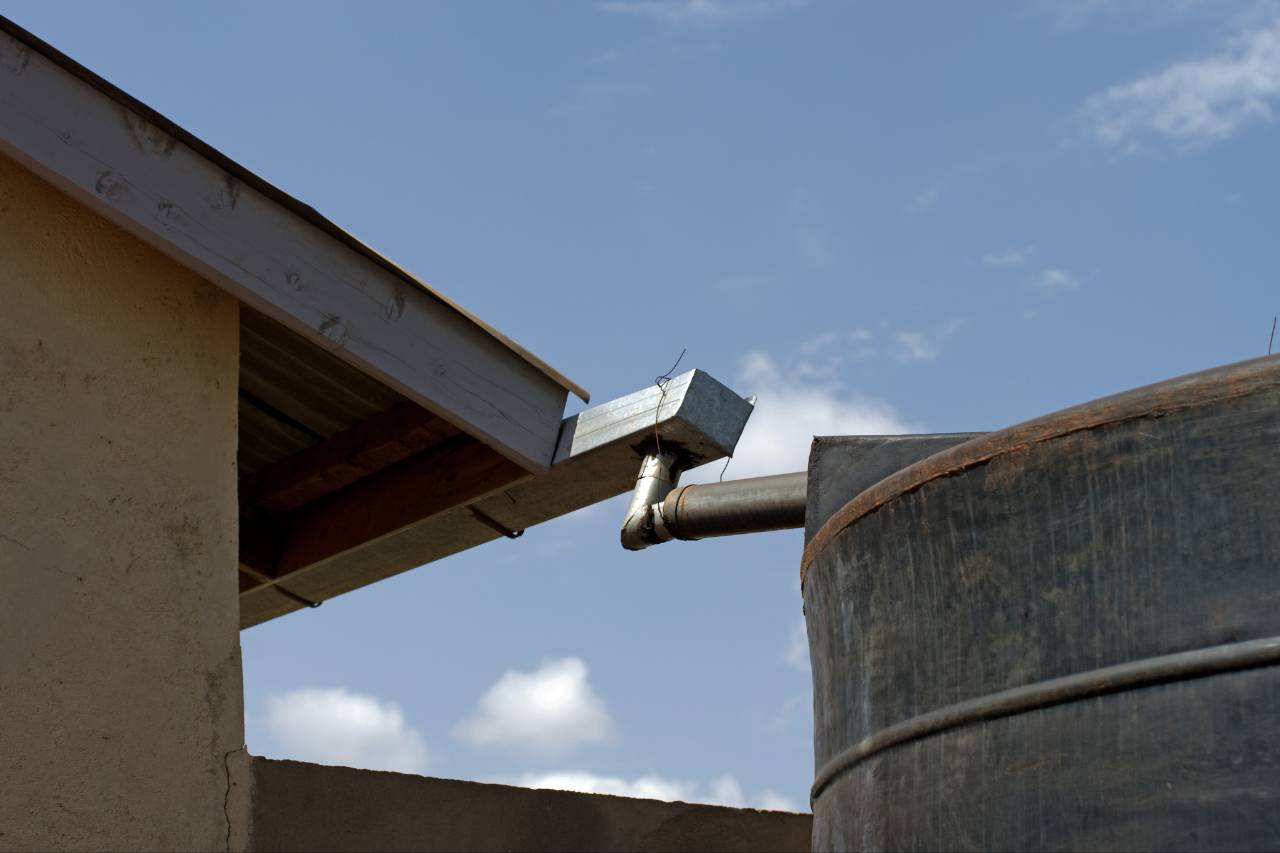
How it works:
-
Rain is collected from roofs via gutters.
-
It’s filtered and stored in above- or below-ground tanks.
-
A pump system distributes it where needed
Systems in South Africa:
-
JoJo Tanks (widely available)
-
EcoTank solutions
-
Atlas Plastics systems
Bonus:
Earn points toward a Green Star SA certification under the “Water” category.
3. Greywater Recycling
What it is:
Reusing water from showers, basins, and laundry for irrigation or flushing toilets.
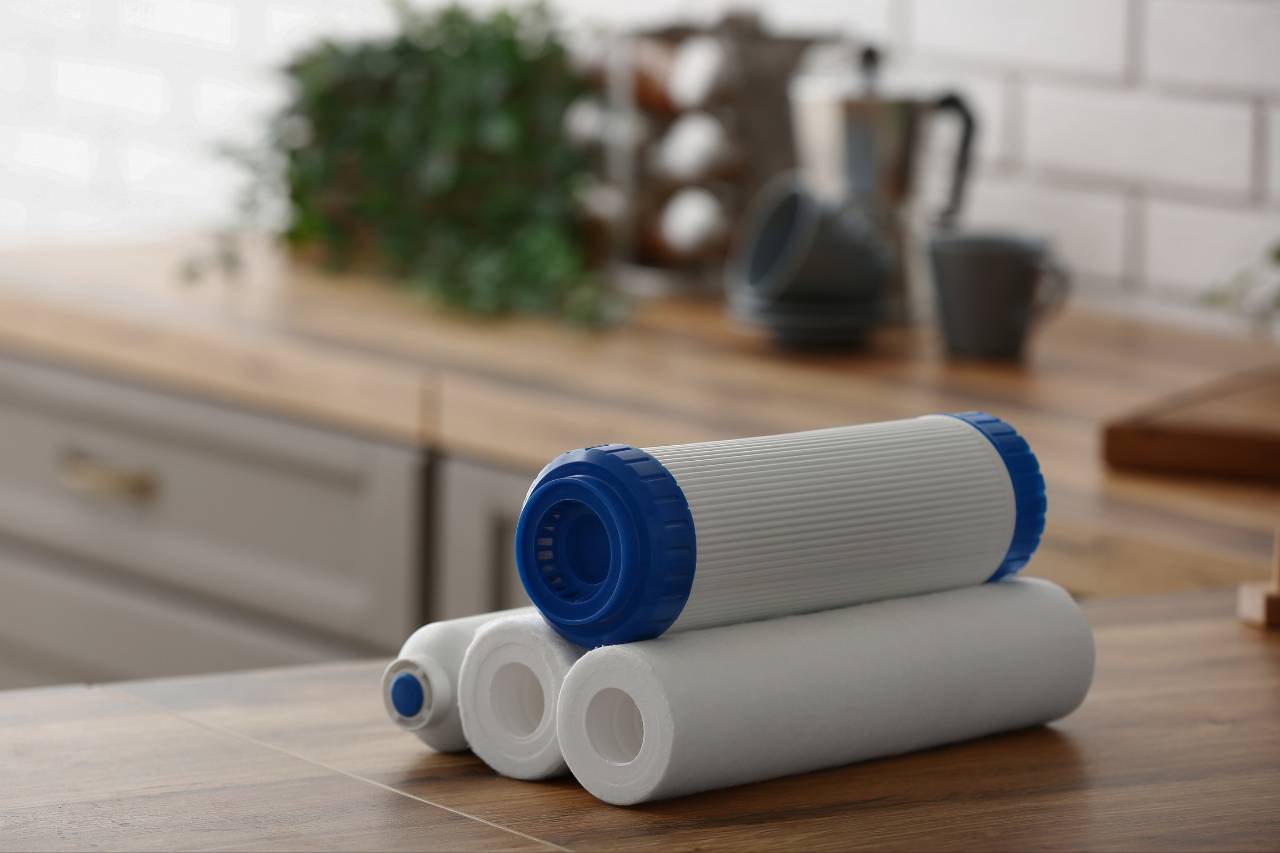
How it helps:
-
Cuts water usage by 30–50%
-
Reduces strain on municipal wastewater systems
-
Ideal for residential complexes and commercial buildings
What to install:
-
Greywater filters and pumps (brands like Biolytix or Nubian Water Systems)
-
Backup chlorination for safety in high-traffic buildings
Caution:
Greywater should never be stored for more than 24 hours without treatment, install timers to automate flushing.
4. Smart Irrigation Systems
Why you need it:
Traditional irrigation systems waste thousands of litres through overwatering and evaporation.
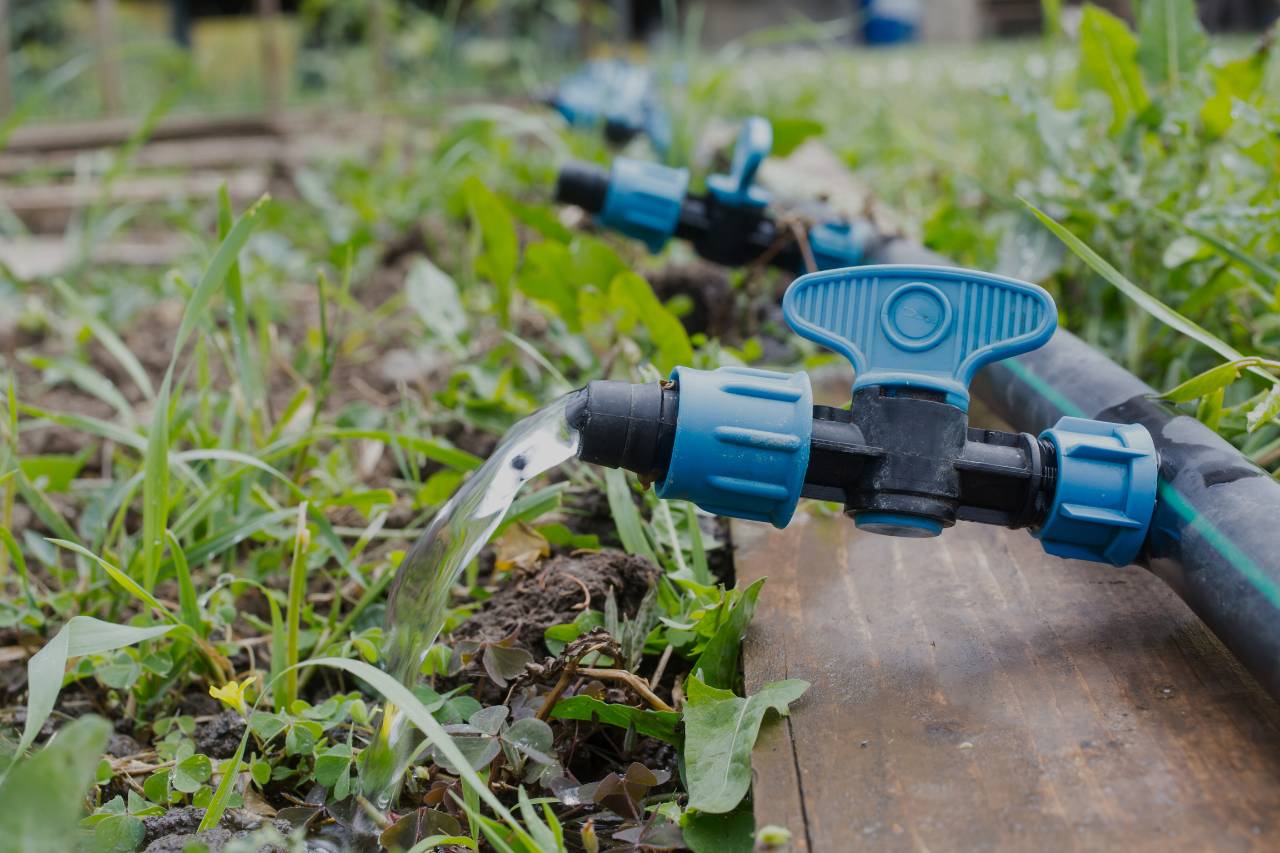
Green solution:
Install drip irrigation systems with:
-
Moisture sensors
-
Timers
-
Rain shut-off sensors
-
Weather-based controllers
SA-friendly brands:
-
Hunter Industries (available via Irritrol SA)
-
Rain Bird systems
-
Gardena smart irrigation
Pro tip:
Water in the early morning or late evening to minimise evaporation in hot areas like the Northern Cape and Limpopo.
5. Indigenous Landscaping (Xeriscaping)
What it is:
Designing gardens with drought-resistant local plants that require minimal watering.
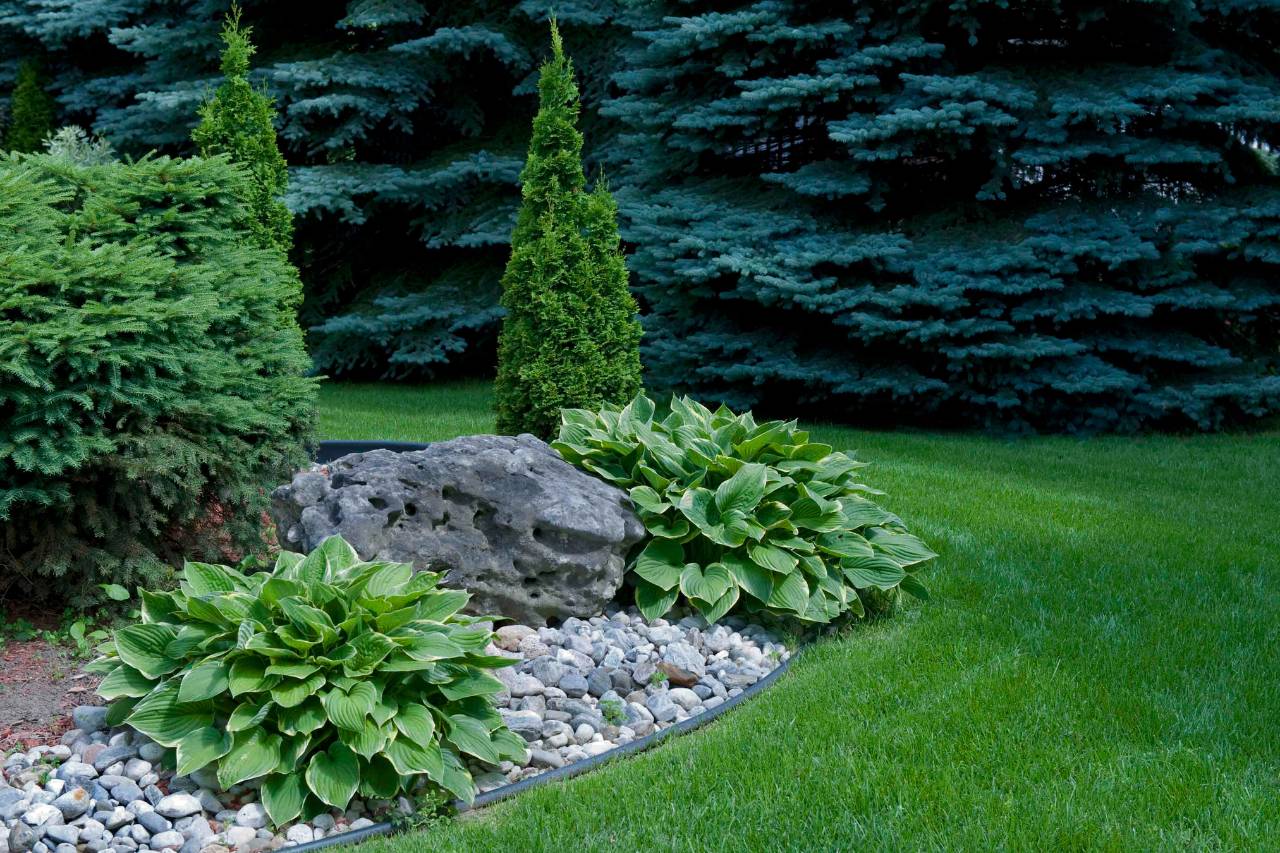
Popular choices in SA:
-
Spekboom (great carbon absorber)
-
Aloes
-
Wild Garlic
-
Cape honeysuckle
-
Lavender
Benefits:
-
Lower maintenance
-
No need for fertilisers
-
Attracts pollinators and birds
Bonus:
You can apply for rebates from local municipalities for water-wise gardening.
6. Water-Efficient HVAC Systems
Yes, your aircon matters.
HVAC (heating, ventilation, and air conditioning) systems can be massive water guzzlers, especially in large buildings.
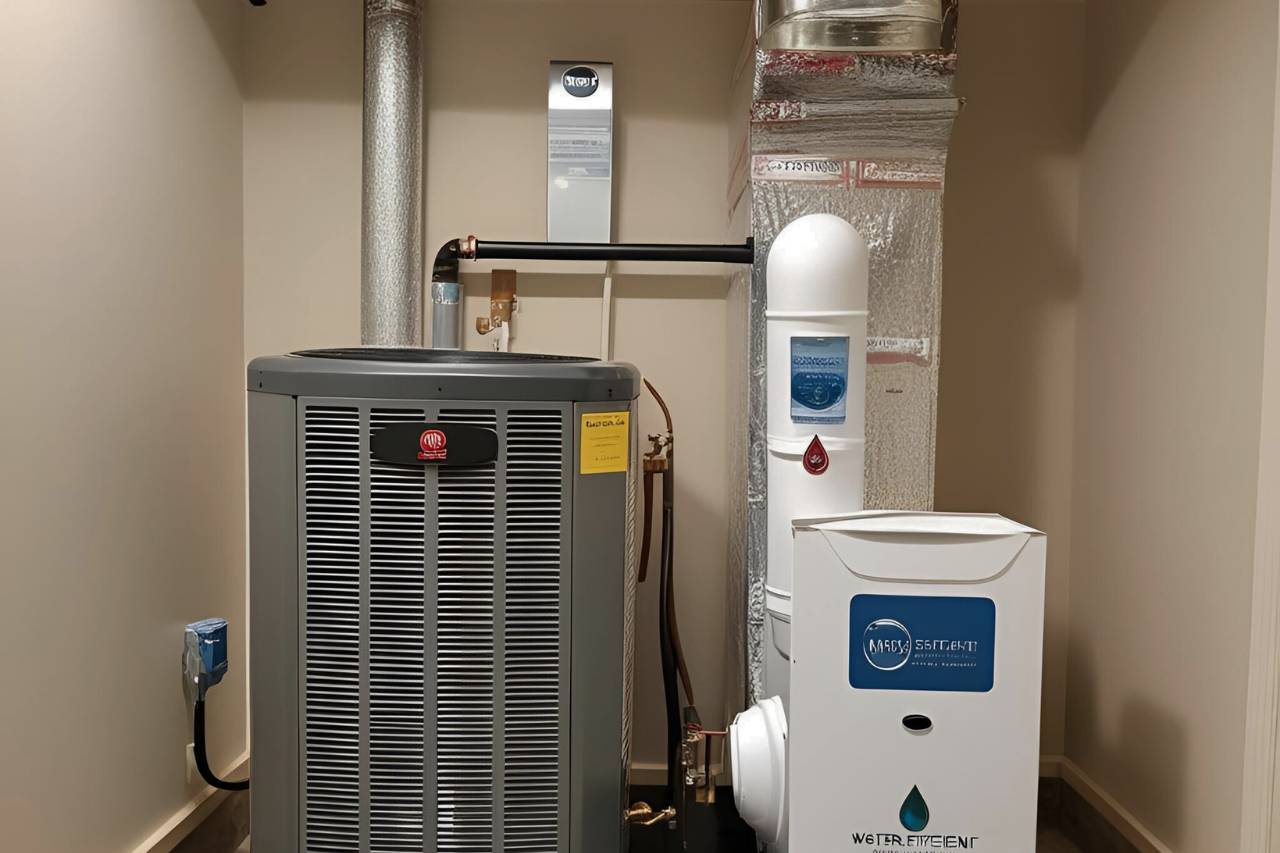
Energy-water link:
Many cooling systems use evaporative technologies, and switching to closed-loop systems can drastically reduce water use.
Look for:
-
Chilled beam systems
-
Hybrid cooling towers
-
Water-cooled VRF systems with recovery units
Tip for commercial clients:
Ensure systems are compliant with SANS 204 and use the Green Star SA rating tools.
7. Leak Detection and Monitoring Systems
Why it’s crucial:
A single leaking toilet can waste up to 30,000 litres per month—often without anyone noticing.
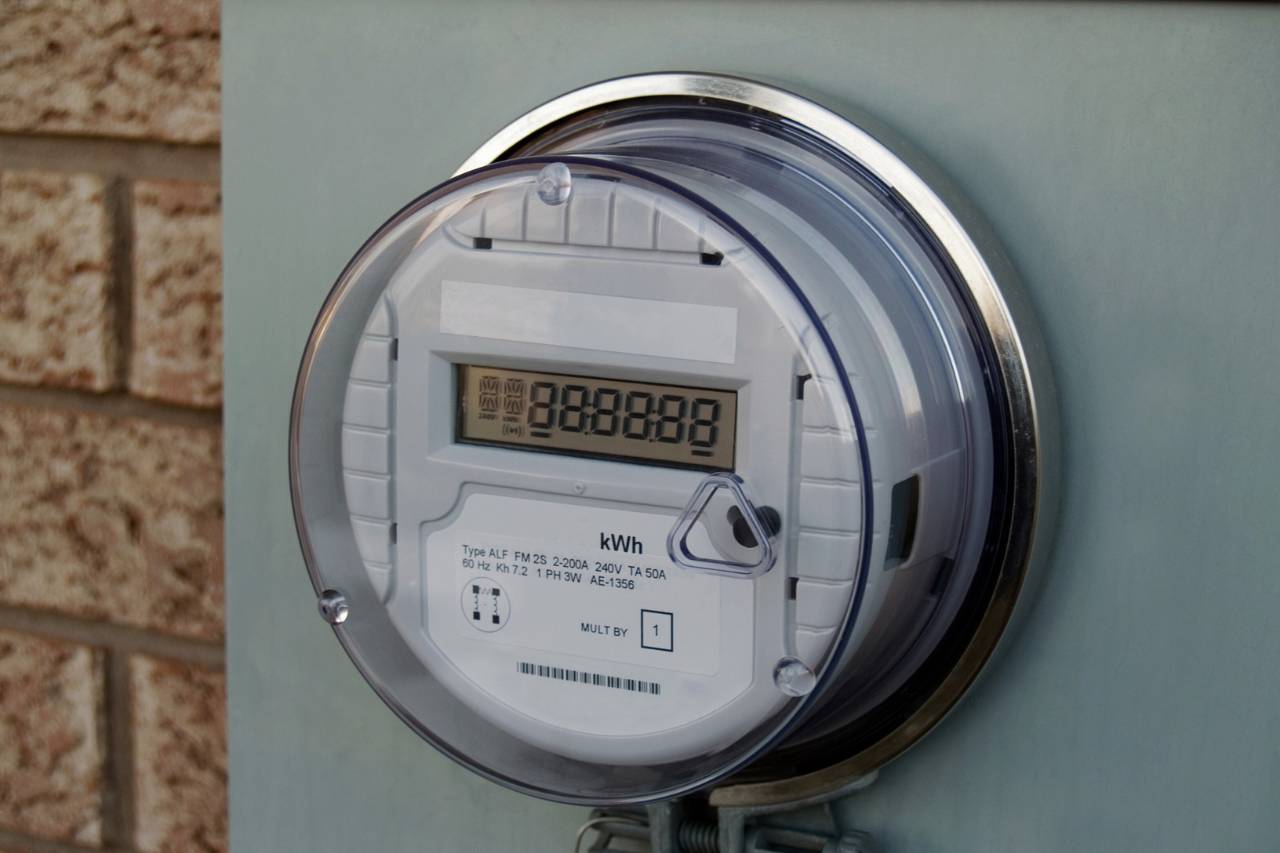
Solution:
Install leak detection sensors and smart meters to track usage in real-time.
Available tech in SA:
-
Drop Savers smart water meters.
-
WaterGuard SA systems
-
Aquatrip devices
Business impact:
These systems prevent costly water loss for malls, hospitals, and office parks and can be linked to your BMS (Building Management System).
8. Use Permeable Surfaces and Water-Sensitive Urban Design (WSUD)
What is it?
Designing outdoor spaces that allow water to infiltrate naturally, reducing runoff and recharging groundwater.
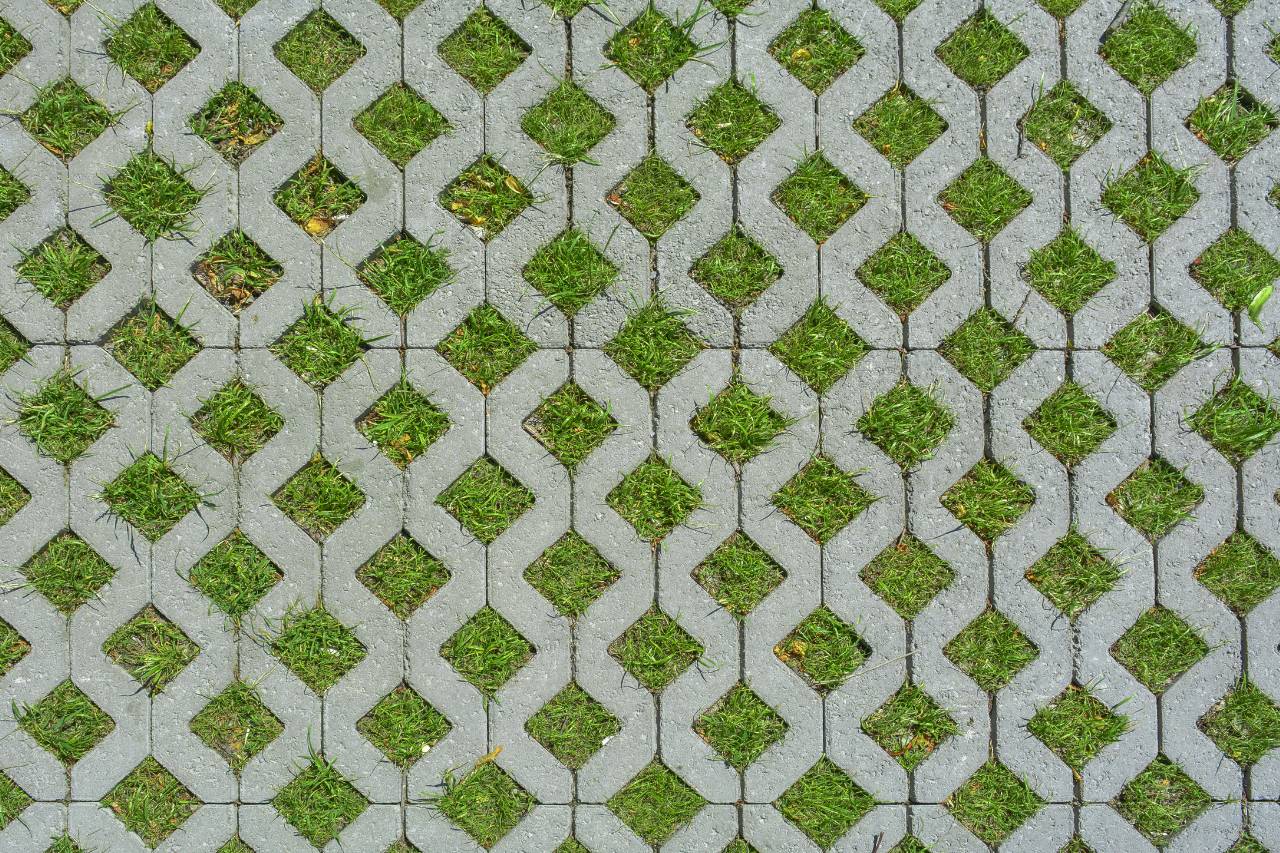
Key ideas:
-
Permeable paving (like cobblestone or permeable concrete)
-
Swales and bioswales for stormwater control
-
Green roofs and green walls
Local examples:
The V&A Waterfront’s Silo District uses permeable paving and indigenous landscaping to manage water sustainably.
9. Choose Water-Wise Appliances
Appliances matter more than you think.
Washing machines, dishwashers, and even coffee machines contribute to your water footprint.
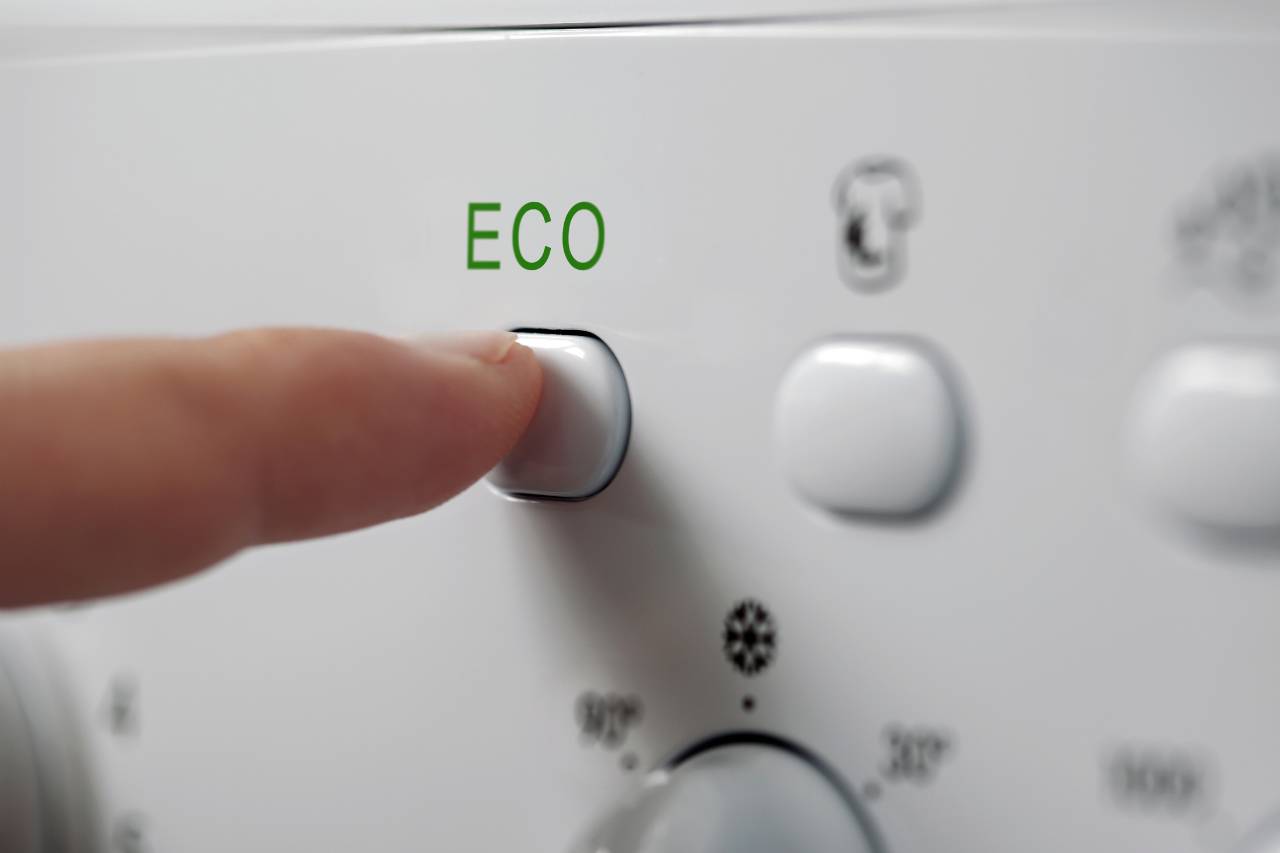
Choose models with:
-
Water-saving modes
-
Eco wash options
-
WELS ratings (Water Efficiency Labelling Scheme)
Energy + water win:
Heat pump washing machines use less water and electricity, perfect for off-grid homes.
10. Educate Occupants and Tenants
Why it’s often overlooked:
You can install the fanciest systems, but if occupants don’t know how to use them, you’ll lose efficiency.
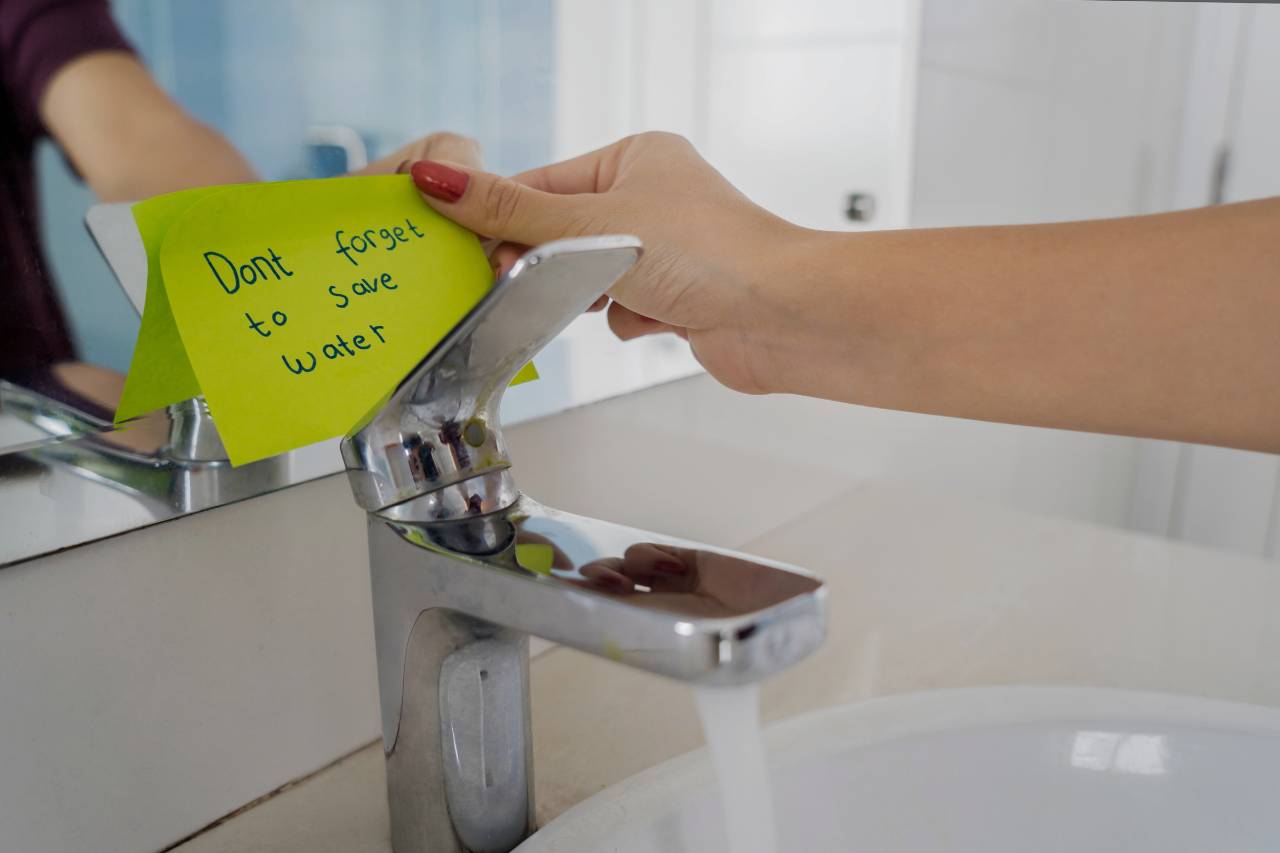
What you can do:
-
Install visual reminders (infographics in bathrooms/kitchens)
-
Offer tenant welcome packs with water-saving tips.
-
Run awareness campaigns in commercial buildings.
In schools, hospitals, and estates:
Water education should be ongoing, with KPIs tied to monthly consumption goals.
🌍 Certifications and Incentives in South Africa
If you’re aiming for Green Star SA or EDGE certification, water conservation plays a major role in your building’s overall rating.
Green Star SA’s “Water” category focuses on:
-
Potable water reduction
-
Water metering
-
Rainwater and greywater reuse
-
Landscaping and irrigation design
EDGE (Excellence in Design for Greater Efficiencies) requires:
-
At least 20% water savings compared to a base building
Incentives:
-
Some municipalities offer rebates or funding for water-efficient upgrades.
-
Possible lower insurance premiums for compliant buildings
🏗️ Real-World Case Study: Water-Smart Building in Gauteng
The Menlyn Maine Central Square in Pretoria is one of South Africa’s first green precincts. Here’s what they’ve done:
-
Installed greywater recycling systems
-
Use low-flow taps and toilets across the development.
-
Smart water meters across tenant spaces
-
Indigenous, low-water landscaping
Impact:
Over 60% reduction in water usage compared to conventional buildings of the same size.
✅ Quick Checklist: What to Implement in Your Green Building
| Strategy | Use Case |
|---|---|
| Low-flow fixtures | Residential + Commercial |
| Rainwater harvesting | Homes, farms, schools |
| Greywater systems | High-occupancy buildings |
| Smart irrigation | Gardens, public spaces |
| Indigenous landscaping | All property types |
| Efficient HVAC | Offices, malls, hospitals |
| Leak detection | Estates, Commercial |
| WSUD | New developments |
| Eco appliances | All users |
| Occupant education | Estates, offices, schools |
🏁 Final Thoughts: Save Water, Save the Future
When it comes to green building solutions, water efficiency is the quiet hero. While solar panels and insulation get all the attention, it’s the thoughtful use of water that ensures your building supports people, the planet, and profit in the long run.
In the South African context, it’s not just smart; it’s a moral and financial responsibility.
💬 Let’s Make Your Project Water-Wise
At Mimiti, we specialise in sustainable design and engineering strategies for all building types. Whether you’re developing an eco-estate or upgrading your office block, our experts can help you:
-
Conduct water audits
-
Design water-saving infrastructure
-
Source eco-friendly products
-
Comply with SANS and Green Star SA requirements
📞 Reach out today to discuss how we can future-proof your next project drop by, call us, or book an online consultation.


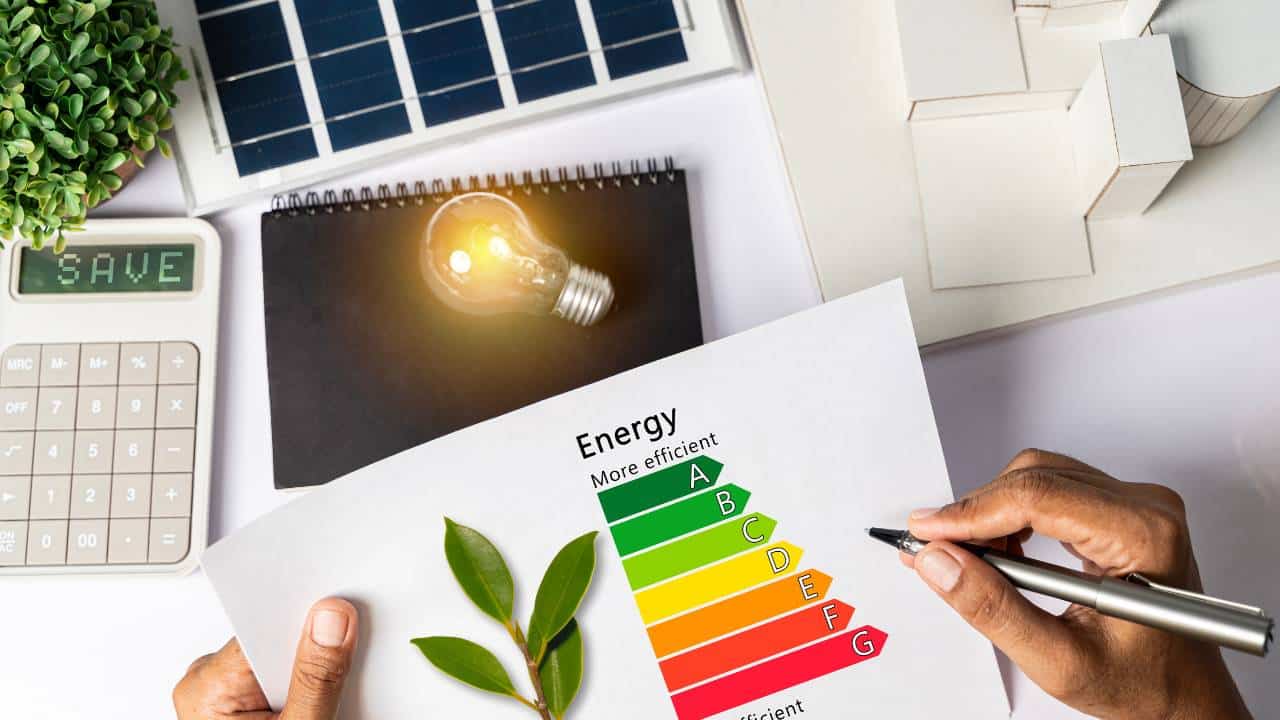
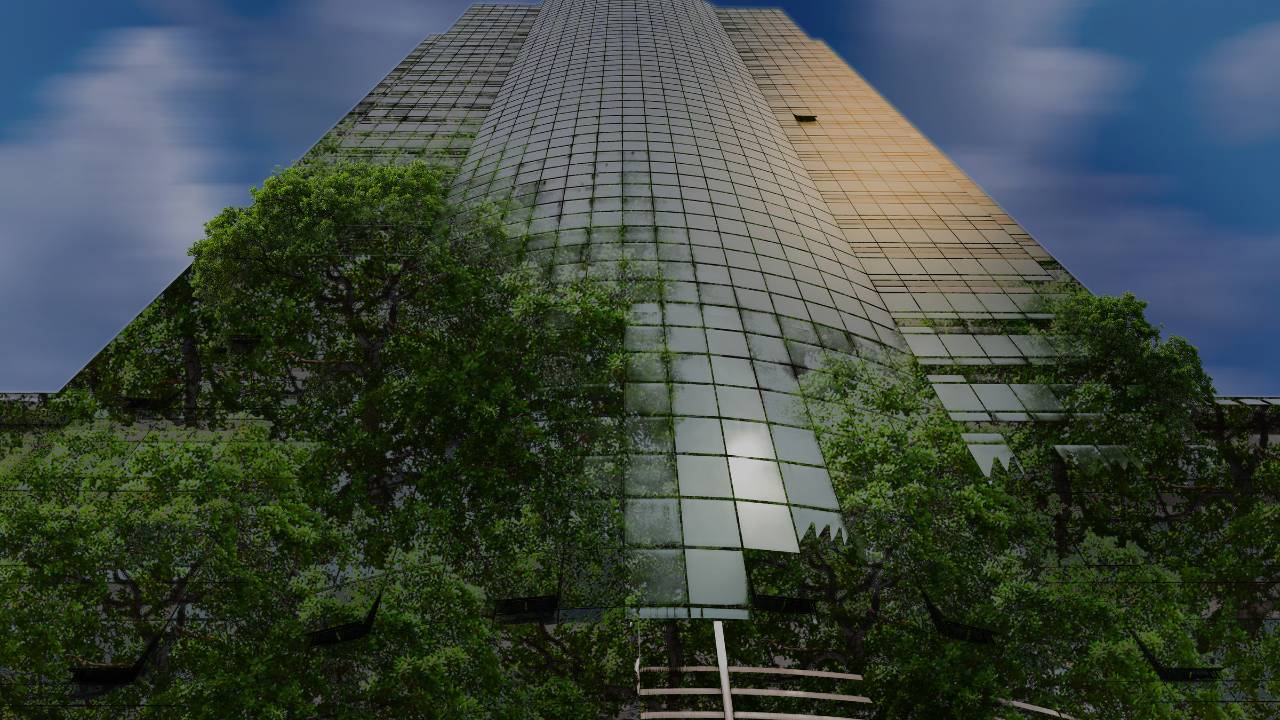
0 Comments